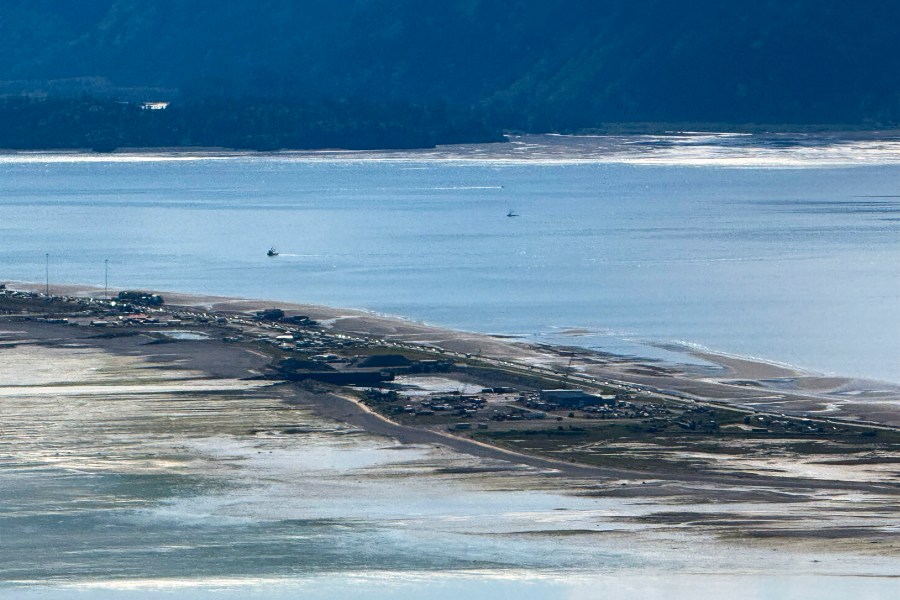HONOLULU (KHON2) — Tsunamis move fast which means you will not have much time to evacuate. In Hawaii, it also means every second counts once a warning is issued or the earth shakes.
Since everyone in Hawaii, technically, lives near the ocean, you must have a plan.
So, here’s how to evacuate safely and quickly.
1. Know your evacuation zone
Before anything happens, find out if your home, school or workplace is in a tsunami evacuation zone. If it is, learn the fastest way to higher ground.
Walk it. Time it. Memorize it. You’ll need an evacuation plan in place to get your family to a safe place regardless of where they are.
2. Move immediately after strong shaking
A tsunami can come minutes after a large earthquake. If the shaking lasts longer than 20 seconds and you are near the coast, don’t wait for an alert. Move to higher ground right away. Do not go back for anything.
3. Leave on foot if possible
Do not waste time getting your car unless it is part of your plan and ready to go. Roads will be crowded or damaged.
You need to have an evacuation plan in place. If you don’t, then walk, quickly, to a safe zone.
4. Climb to safety
Tsunami waves can reach several stories high. You need to move at least 100 feet above sea level or one mile inland, whichever is closer and safer. Look for signs marked “Tsunami Evacuation Route” and follow them. Do not stop.
5. Avoid rivers and streams
Tsunami waves travel up rivers and streams connected to the ocean. Stay away from bridges, harbors and waterways. Head inland and keep moving until you are well outside the danger zone.
6. Listen for official updates
Bring a portable radio or HAM radio. Do not count on phones or the internet to work. Stay tuned until the threat is over.
Remember that some tsunamis have more than one wave. Do not return home until officials say it is safe.
7. Stay together and check in
Make sure your whole family knows where to meet. You need to have a meeting place that is easy to access for everyone and practice regularly. If you get separated, go to the agreed location and wait. Keep a contact list with you at all times.
8. Carry your go-bag
How to prep: Keep a small emergency kit packed and ready. It needs to include food, water, flashlight, first aid supplies, radio, clothes, documents and cash. A go-bag should be light enough to carry for long distances.
9. Do not return too soon
Even after the first wave, danger may not be over. Roads may be flooded, and structures may be unsafe. And since being on an island makes us more vulnerable to total destruction, you need to wait until officials confirm it is safe to go back.
10. Plan now, not later
The ocean will not wait for you to get ready. Talk with your family. Know where to go. Know when to go. Practice. When the time comes, you will not have time to think. You will need to act.
